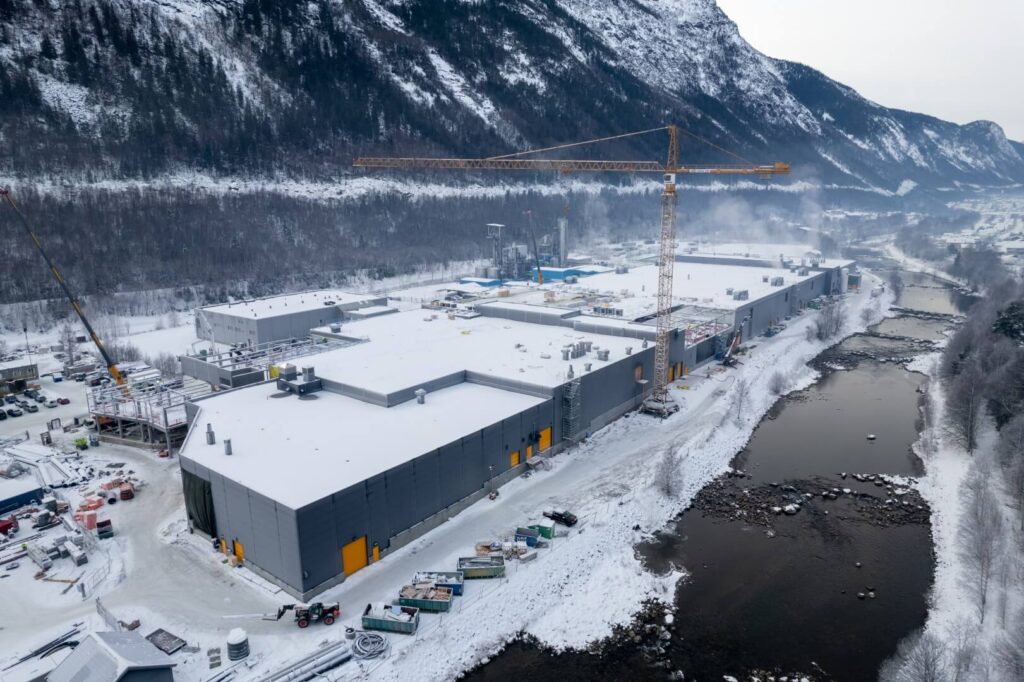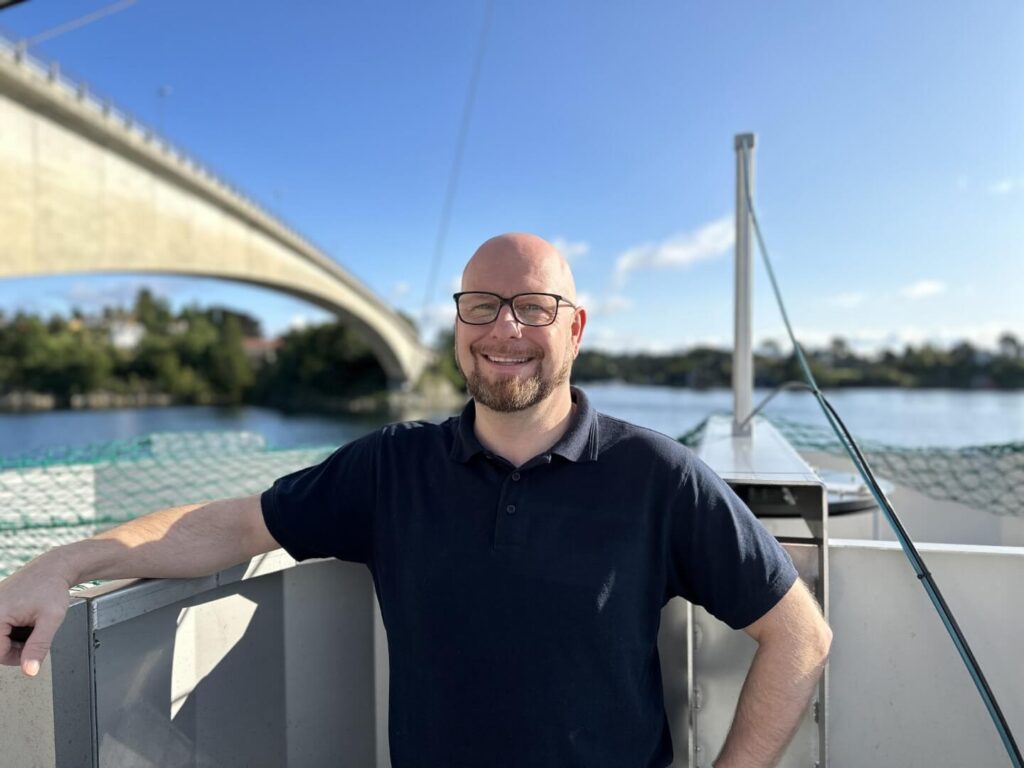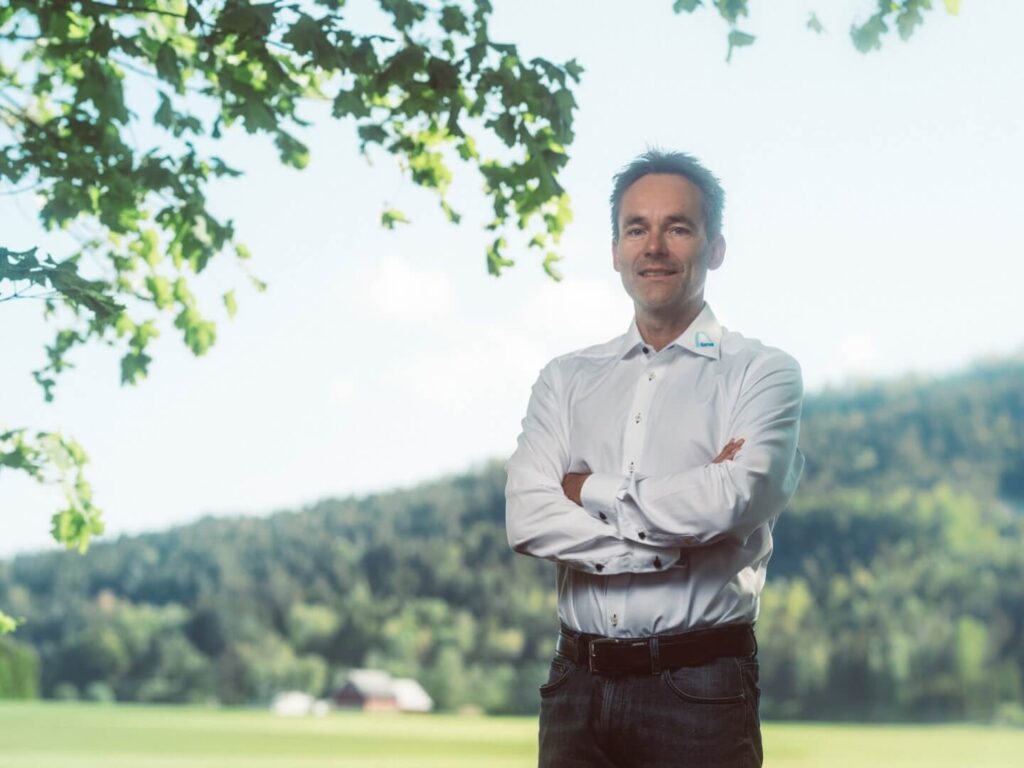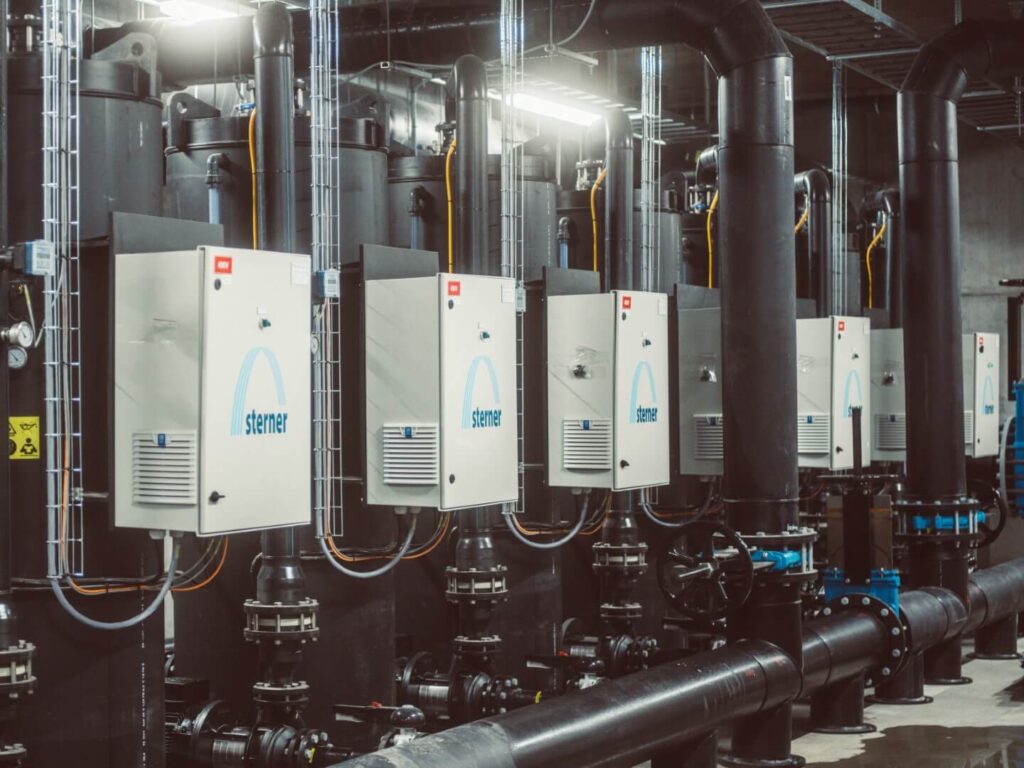Water quality is the key to a successful RAS operation
- 22. april 2021
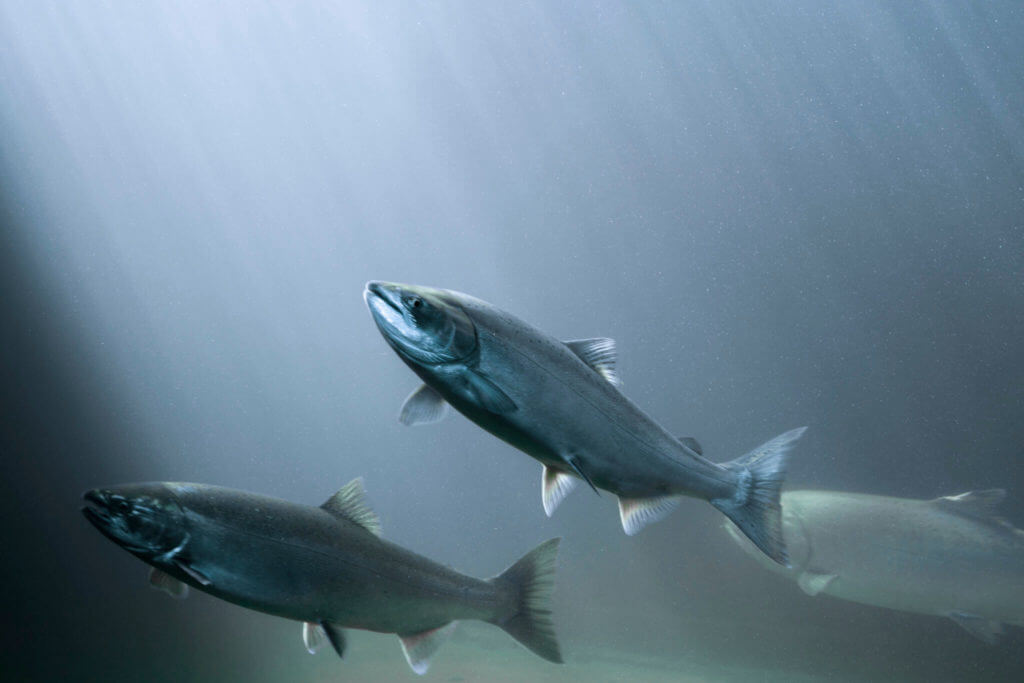
By: Anthony J. Dinning, PhD, Water Quality Manager at Sterner
If the water is kept at the right quality, the fish will thrive and the production will be high. The maintenance of the RAS system will also be as easy as possible.
Sterner has over 30 years of experience into technology for clean water in aquaculture, besides great knowledge of how to produce quality drinking water. With solid interdisciplinary know-how and experience in water quality from differens applications, we have unique experience that allows us to build the best solutions for our customers.
Tailor made
We see to that each new plant is tailored to each customer’s needs – as there is no such thing as a standard solution when it comes to aquaculture. For the best results, we take all parameters into account: Biomass, CO2-formation, particle removal, oxygenation, tank hydraulics, system hydraulics and we also see to that the operation is as easy as possible.
Sterner’s RAS is unique in the sense that we put clean and hygienic water as the main objective. We know well that water quality is the key to a successful RAS operation.
Sterner’s philosophy is that with the right water quality, the fish will perform at its best. This may be reflected in low FCR values, safe growth, low mortality and robust fish when transferred to the sea.
Sterner’s principles
Sterner has three main principles:
- Gentle and effective particle removal
- Compact design that ensures good hygiene
- Comprehensive treatment of the water flow
These principles are incorporated into an optimised design, well founded choices in automation, with specially selected mechanical and hydraulic solutions.
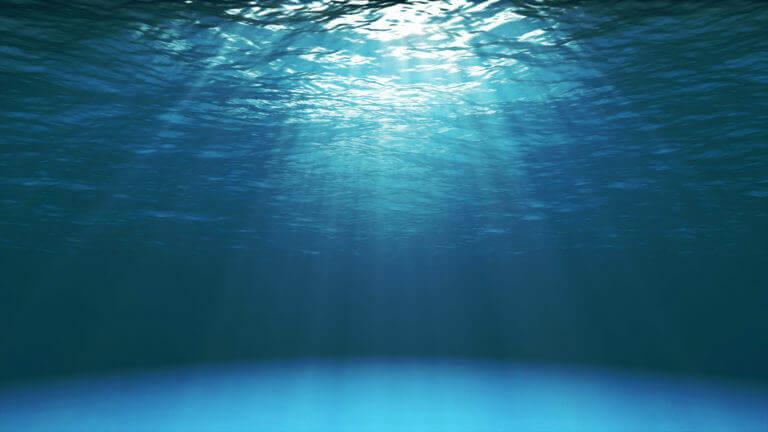
Effective removal of particles
Our experts have utilized Computational Fluid Dynamics (CFD) analyses in various contexts to improve the design of our facilities.
By employing CFD, we have managed to streamline the removal of particles from tanks. This involves considering the guidance of particles without cutting them into smaller pieces when designing bends in pipe sections. This way, the particles are retained intact, and we generate the fewest possible fines (fine particles). This enables us to remove them from the water flow itself through the proper choice of filtration technology.
By following this strategy, we have achieved a significant low particle content (SS = suspended solids) in the water. In several plants we have measured values as low as <5 mg / l SS. To put this in perspective, the analysis limit for SS in drinking water is 2 mg / l.
This demonstrates an extremely good water quality and also reflects why our RAS design manages to create a very good growth environment for the fish.
We have also optimised our MBBRs (moving bed bioreactor) by applying the same CFD modelling method. The MBBR is only a minimal part of the system, and we found there is no need for as much aeration as in classical MBBRs. Mechanical agitation can be achieved by the hydraulic load (flow) in the system. In addition, the residence time for the water in the MBBR is short (from about 13 minutes in traditional design to between 3 to 6 minutes in our new design). The result is that you get a full treatment with the use of minimum space and the system runs on less energy.
Compact design
For several years we have applied a compact design of RAS systems, that is to create an improved hygienic environment.
With a compact design there is a minimum of pipes between components, minimal use of blind ends and careful design of the by-passes.
The point of this is to eliminate sludge accumulation in the plant, since this may generate ‘H2S incidents’ or ‘acute sulfur poisoning’. In many cases, these have resulted in mass mortality. By removing all possibilities for the collection of unwanted sludge in the plant, these risks are eliminated.
Compact design also makes it easier to move particles without breaking them into smaller fines. These fines would otherwise cause problems accumulating in the plant, causing increased sludge accumulation and anaerobic biofilm growth, where H2S is likely to be formed.
Our philosophy on good water treatment is to understand how particles and gases behave in the water flow. Therefore the flow pattern on each step in the process must be under control, in the sense of how it may affect the dynamics of particles and occurrence of gases.
Total treatment of the water flow
Sterner’s third principle is in each process step to treat the entire water flow. This provides a significant contribution to water quality. This is contrary to having sub-streams where the water must pass several times before the total water volume is treated. The use of partial flow treatment may also require more by-passes and thus possible dead zones. These zones may in turn increase the risk of sludge accumulating, which may provide the growth og hazardous biofilm in the system. This may increase the risk of low hygienic standard in the plant.
By having full treatment of all water through each step, the highest water quality is achieved more quickly, prevent possible hindering of the water treatment process and minimise the impact of partial flows on hygienic operation.
The ozone treatment that we offer is a good example. We always treat the entire stream with ozone, which is much safer in operation, and gives 100% the desired effect from day one!
Good water quality = good economy
When combining compact RAS design with our technological solutions and principles, it is clear that we achieve low suspended solid values in RAS, low CO2 values and very good biological turnover of TAN with a minimum of risk for H2S occurrence.
This means that the water quality will stay at its best, which makes it clear that ‘good water quality = good economy’.





